MIDI controllers have made the process of creating music so much easier and have brought composers closer to how the sound they produce comes about. While the process has become easier, it also teaches people about the music they are creating as they tinker more with the controller to experiment with new sounds. MIDI controllers have opened up a whole new world of music production, and you should really be taking advantage of this.
The following is a brief guide to MIDI controllers that will acquaint you with the technology and what it is capable of doing:
What Is a MIDI Controller?
MIDI, as you may know, stands for Musical Instrument Digital Interface. It is a system that allows you to connect instruments and devices that create sounds via MIDI messages. The system allows composers a flexible platform for note editing and orchestration. The notes you play on your keyboard can trigger sounds on another synthesizer, thanks to MIDI messages. A MIDI controller is a device that allows you to facilitate the movement of these messages and making a coordinated attempt to create music.
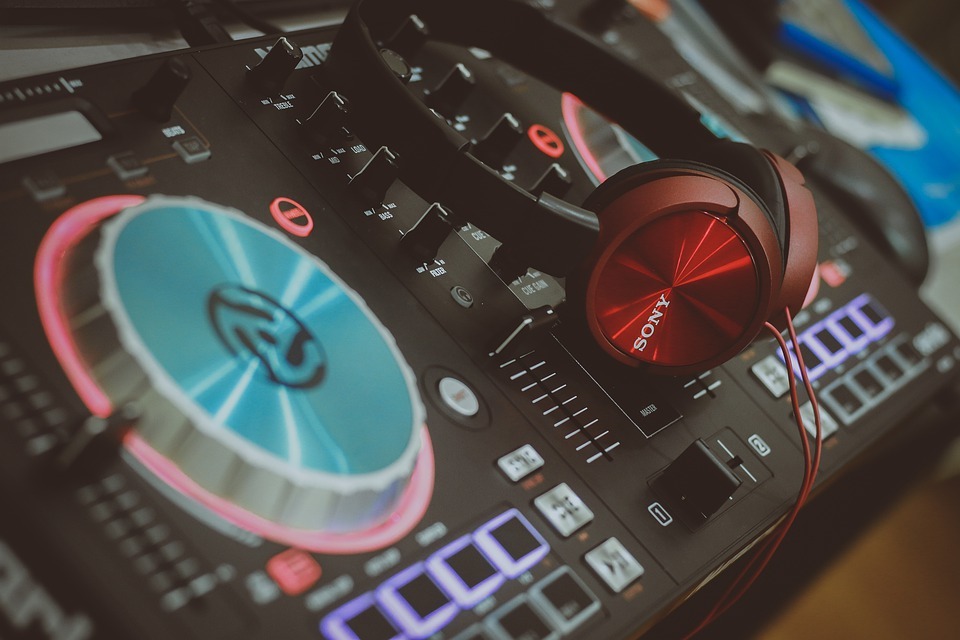
The electronic keyboard is a classic MIDI synthesizer. But when it comes to a MIDI controller, there is a slight difference. The MIDI controller looks exactly like a MIDI synthesizer, but it does not emit any sound of its own. The job of the MIDI controller is to only generate MIDI data. The data is then interpreted by the computer or by a MIDI synthesizer that is audio enabled.
The following are some of the steps MIDI controllers follow to create sounds for music production:
- You play notes on the synthesizer and all your actions on the instrument are transmitted through MIDI messages and recorded on the computer.
- The computer does not record the sound itself but only the encoded messages.
- When you play the recorded sequence again, the computer sends the MIDI messages back to the synthesizer.
- The synthesizer interprets the messages and plays the sound back, creating an audio response.
- Since the sound is recorded in the form of encoded messages and not waveforms, it makes it possible to change the sound from a keyboard to that of a guitar, even after it has been recorded.
What’s the difference between a MIDI Keyboard vs Pad Controller?
There are two common types of controllers — keyboard controllers and pad controllers.
A keyboard controller, as has been described above, looks quite like a MIDI synthesizer but does not emit any sounds of its own. Keyboard controllers can be used to trigger a variety of different sounds, even the ones that typically come from different instruments. They are, perhaps, the most common type of MIDI controller and are available in a variety of different sizes, depending on how many keys the device accommodates.
These MIDI controllers can be either keyboard-only controllers or can also include other real-time controllers like knobs, wheels and sliders. The controller’s MIDI capabilities can also be integrated with other, more traditional keyboard instruments, like grand pianos.
Similarly, a keyboard controller can also trigger drum sounds. However, to get a clear and more sustained sound, you would probably be better off with a drum pad. With a drum pad, you can also play repeated loops and patterns, like drum rolls. If the keyboard is the most popular type of MIDI controller, drum pads are a close second. Drum controllers or pad controllers can be built into a drum machine and are typically played with fingers. There are also dedicated drum pads like the Roland Octapad and the DrumKAT, which can be played with hands as well as with sticks.
The big difference between the pad and keyboard controllers are that:
- Keyboard controllers are pressed, while pad controllers are struck.
- Keyboard controllers resemble a traditional synthesizer, while pad controllers do not have a fixed layout. The latter may be easier to use for those who are not familiar with the music keyboard.
- The pads are the better option when it comes to drums and percussion.
- You can play drum sounds from the keyboard as well, but the sound will not be as sustained.
DAW/Software Integration
DAW stands for digital audio workstation. It is a term used for an electronic device or a form of software that is instrumental for recording, editing and producing audio files. When you are in the process of live editing, most DAWs, whether hardware or software, will allow a MIDI controller to adjust the parameters.
DAWs are typically used in the music industry for acquiring and saving several tracks of recordings. Once the audio recordings are gathered in one place, it becomes easier to mix the track and add effects. A DAW device has access to a wide number of libraries and is very often used to create electronic music completely from scratch. In commercial setups, like in recording studios, the DAW is typically in the hardware format and is integrated into the computer.
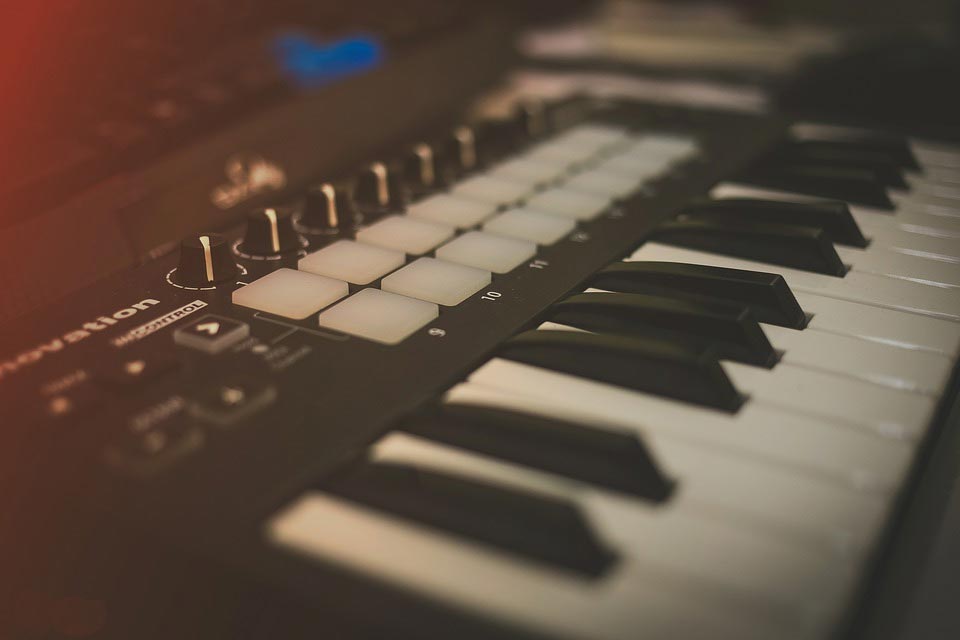
DAWS can also support plugins, which are small software that serve specific needs and have unique functions. These plugins can help music producers customize their DAW device and make the workstation more flexible and versatile.
Apart from music productions, DAWs are also helpful in the production of film and television, radio, podcasts, etc. In other words, any medium that thrives on the manipulation of audio signals is one that can benefit from DAWs.
Examples of DAW Controllers and DAW Control Surfaces
DAW controllers and surfaces can make your job of music production much easier and convenient. You can have all your audio files in one place, put together for easy editing, mixing and adding effects. As has been described above, you can also create musical sounds from scratch with a good DAW controller. The following are examples of some of the good DAW controllers and DAW control surfaces in the market:
Korg nanoKONTROL2
The Korg nanoKONTROL2 is an inexpensive option when compared to some of the other offerings in the market. It has managed to accommodate eight faders into its compact size, making it a perfect addition to go along with your other desktop and audio gear. It has a simple layout and can be used in combination with nanoPAD and the nanoKEYS for percussion and synths, respectively. This is especially beneficial if you are looking to set up a home studio with as little hassle as possible.
This is definitely a simpler workstation for producers who have fewer or more basic needs when it comes to creating a sound. For example, if you are looking to use several windows at once, this DAW controller surface may not be able to provide too many provisions for that. But if you only want a simple eight-track layout and transport controls, this is a good option to consider!
Mackie Control Universal Pro
The Mackie Control Universal Pro is a stylish and authentic looking DAW control surface which offers you the look and feel of an authentic mixing board. Granted, it is heavier and slightly larger than some of its other competitors in the market, but if you have the desk space to accommodate it, the DAW controller is the closest one comes to the real deal in the market.
Apart from the fact that it looks authentic, the DAW controller also has nine motorized faders as well as most standard controls and shortcuts you may require from a control surface. You can also avail the proprietary Mackie communication protocol which allows superior integration with your DAW. You can also add the Mackie Control Extender Pro for additional eight tracks if you think the original number of faders are not enough. This is a system that offers immense flexibility.
Avid Artist Mix
Avid Artist Mix is a stunning and clean looking DAW controller, but more than that, it is also extremely easy to use. In fact, it offers greater functionality than some of the other products in the market but is still easier to navigate than most other DAW controllers. It boasts of a state-of-the-art EUCON protocol technology and also has an extremely smooth and fast Ethernet connection. It has a quick response and will make the process of producing music much smoother.
If your device is non-EUCON enabled, the DAW controller is also compatible with HUI and Mackie protocols, so you have a few different options to pick from. It, however, needs to be said that newer devices and laptops which do not have Ethernet will require an adapter. But on the whole, this is a great device to use for a home studio.
Steinberg CC121
The Steinberg CC121 has been designed especially for Cubase. The surface has been tailored to work with a single DAW and is one of the few in the market that does so seamlessly. Most other surface manufacturers try to accommodate all major DAWs and in doing so, fail to make room for specifics. The design of the Steinberg CC121 has been made keeping in mind Cubase’s visual interface. Since it has been designed keeping this specific system in mind, it is a single-fader surface. However, that does not mean it is limited in its capabilities.
Take this for example — the EQ section of the surface has 12 different knobs which are able to control the frequency and gain on as many as four different bands. It also has an Advanced Integration Controller which is truly unique and allows you to control practically any Cubase parameter using only one knob. So if you are using Cubase, then the Steinberg CC121 is the obvious choice for a controller.
Things to Consider before Buying a Keyboard Controller
The keyboard controller is one of the most common and popular kinds of MIDI controllers. While there may be a tussle in your mind about whether you should get a keyboard or a pad controller, the former is certainly more versatile and has stood the test of time longer. If you are familiar with the layout of a keyboard, using a keyboard controller should not be difficult for you at all. The following are some of the factors you may like to consider before buying a keyboard controller:
Size/Number of Key Options
When you are deciding on a MIDI keyboard, it is important to consider the size. The physical size of the keyboard will differ depending on the number of keys there are. Some controllers have full, piano-sized keys while others have mini keys. The mini keys actually end up saving space and do not really affect how the controller sounds as it will not emit a sound of its own anyway. However, some people find it difficult or inconvenient to use smaller keys.
If you want to travel with the controller, though, you are better off with smaller keys. These controllers can slip right into your backpack! But if you are thinking in terms of a full-fledged studio, then a full-size controller may be a better option.
It is also important to consider the complete dimensions and the weight of the keyboard, regardless of the size. Even some of the smaller controllers can be quite hefty so if you are looking to travel with the device, you may want to do prior research and pick something that is lighter. Similarly, check the dimensions in your room to see if the controller is a good fit or if it takes up too much space.
Key Action
The keyboard action determines the performance of any keyboard controller. The keyboard action refers to how the keys respond to the playing. Depending on the type of music you play and the kind of key action you are used to, there are certain styles that you would prefer to invest in. There are three basic types of keyboard actions you can choose from:
Weighted Hammer Action
In controllers that have 88-note keyboards, the mechanical action of the conventional piano needs to be repeated. However, this can be difficult to do because the controller does not have any strings or hammers. To achieve the appropriate weighted hammer action, manufacturers find different ways of applying the weight and spring to the controller in order to mimic the piano’s action. Other manufacturers attempt to add a hammer action to the controller in order to be more faithful to the sound of the piano. If you compose a lot of piano music or if your primary instrument is a piano, a weighted-hammer action keyboard may be the right fit for you.
Semi-Weighted Action
The semi-weighted action of the keyboard is similar to the weighted hammer action, but it has a greater spring in its release. The keys offer less resistance and are actually ideal for somebody who is not looking for a realistic piano response. The action is in between a heavy piano response and a spring-loaded synth action.
Synth Action
A synth-action keyboard is one that feels closest to an electronic instrument. The keys are very light in their action and can be moved and played very quickly. The response time is quicker as the keys return to their resting position relatively faster.
This is an advantage when you are attempting to play a fast musical arrangement with little breathing time in the middle. If you are not a trained pianist or are used to playing a different kind of instrument, a synth-action controller will allow you to add MIDI functionality to your music production process.
Aftertouch
Aftertouch is a feature that is commonly seen on high-end controllers. With this feature, you can trigger MIDI messages whenever a key is struck or held down. It is often initiated to control vibrato, volume and other aspects of the sound. It is not necessary for you to opt for aftertouch. In fact, this is an add-on that you can choose to apply to your synthesizer if you feel the need to.
However, it is certainly a feature that is hard to let go once you get acquainted with it. If you do not have the aftertouch feature, you would need to use your non-playing hand to manipulate the controller’s pitch wheel or joystick, in order to trigger a pleasant aftertouch sound.
There are two versions of aftertouch, monophonic and polyphonic. Monophonic or channel aftertouch typically works by a rail that can be triggered by any key. Once the aftertouch is triggered, it sends a MIDI value for all the keys that have been pressed down. It, however, can be a complex system to master and does require some practice and experience on the part of the player. It is also a fairly complex and expensive system to design.
Since it generates a lot of MIDI information, it is important for the player to know how to navigate the system. But once you are familiar with aftertouch, the playing becomes a lot easier and much more expressive.
Other Types of MIDI Controllers
There has been an emphasis on keyboard controllers and on auxiliary controllers like DAW and software integration. But there are a few different types of controllers in the market as well. The following are some of the other common types of MIDI controllers:
Wind Controllers
Wind controllers are meant ideally for wind and brass instrument players. You can get a more versatile breath and pitch glide control, especially when you are attempting to sample wind instrument parts that are physically modeled. The wind controller has a provision to recognize breath pressure and convert it into volume information. There are also simpler breath controllers which are similar to wind controllers but are meant to be used along with a keyboard or synthesizer and do not trigger notes on their own.
String Instrument Controllers
Using a string instrument controller, you can digitize the sound a guitar makes. The digital information allows the instrument to also play a synthesizer’s sound. A separate MIDI channel is assigned for every string. This allows the player to play the same sound from each string or a different sound from each string.
Of course, if you have a synthesizer as your main controller, you do not require a string instrument controller. But for those who primarily make music on the guitar and want to experiment with the synth sound, this is a good option to consider.
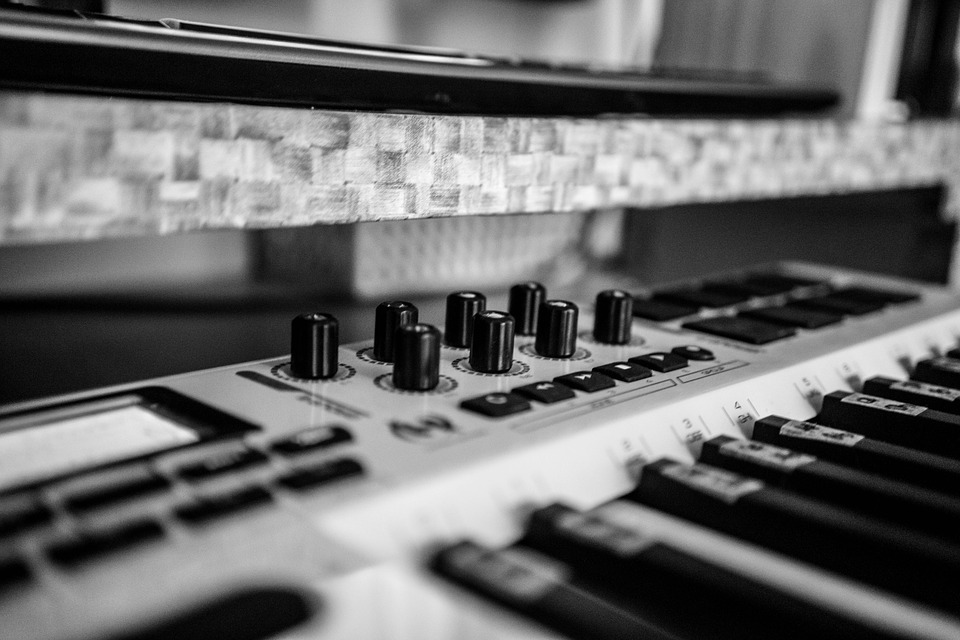
Non-Traditional Controllers
There is also a large market for experimental controllers which exist outside the ambit of how traditional musical instruments and interfaces work.
This can be a bit complex to explain and understand as these controllers do require some familiarity with music production so you can be comfortable enough to experiment with sound in more radical ways. These experimental controllers can be created using some bizarre and unusual, everyday objects, like an ironing board!
There have also been instances of a sofa, equipped with pressure sensors, being converted into a controller. Some popular and successful examples of these experimental and non-traditional controllers are GRIDI and the Eigenharp controller, by Eigen Labs. Here are a few other unusual MIDI controllers.
Final Thoughts
The information that has been provided above covers a wide range of aspects of MIDI controllers. But the area is so vast and so many technological advances have been made in the field that the guide above only begins to scratch the surface. The hope is that with the guide above, you will be set on the right path and can go into the direction of your choosing.
Whether you want to know more about DAW controllers or about experimental MIDI controllers, this is a great place to start and increase your knowledge about the technology. Even the most traditional musician, who does not engage with electronic music, will perhaps acknowledge that MIDI is one of the most important technical innovations to emerge in the industry. Modern-day musicians cannot do without it and the reasons seem to be clear!


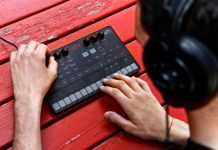
![5 Best 25 Key Mini MIDI Controllers [Reviews & Buyer’s Guide]](https://homestudiohub.com/wp-content/uploads/2020/03/null-16-218x150.png)
![5 Best 61-Key MIDI Controllers [Reviews & Buyer’s Guide] Native Instruments Komplete Kontrol S61 MK2](https://homestudiohub.com/wp-content/uploads/2020/03/null-32-218x150.jpeg)
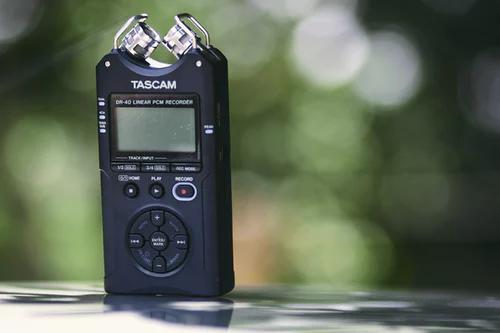





![5 Best Open Ear Headphones [Reviews & Buyer’s Guide] akg best open back headphones](https://homestudiohub.com/wp-content/uploads/2020/03/null-7-80x60.png)

